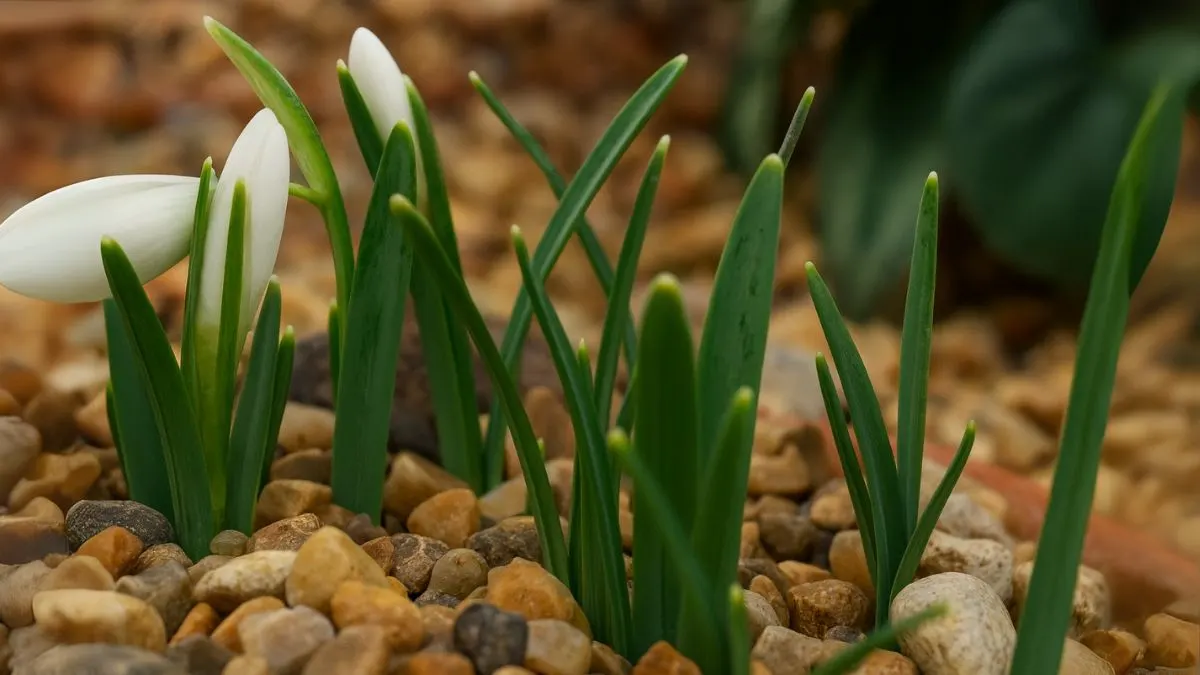When we look at a plant, our eyes usually go straight to the flowers or fruits. But have you ever paused to admire the plant shoots? A shoot is the productive center of a plant, and without it, there would be no flowers, fruits, or leaves. The shoot system represents everything that grows above the soil, working tirelessly to ensure survival, growth, and reproduction.
As a gardener, I often noticed that the plants I gave proper light and pruning to had stronger shoots, which meant better flowering. This is proof that understanding shoots is not just botanical theory—it’s practical knowledge for anyone who grows plants.
What Exactly Are Plant Shoots?

At its core, the term “shoot” includes all the parts of the plant growing above ground. That means:
- Stems and the leaves, buds, flowers, and fruits they support are referred to as shoots.
- Shoots play multiple roles in food production, transport, and reproduction.
- Shoots are important components of plants, just as much as roots are.
Think of shoots as the command center, where photosynthesis, flowering, and fruiting take place.
The Unique Role of Shoots in Plant Growth
- Shoots and Photosynthesis: Shoots are crucial because they house the leaves, which are the energy factories. Plant shoots incorporate carbon (as CO₂) from the air and combine it with sunlight to make food. This ensures growth and energy storage for later use.
- Shoots and Reproduction: Beyond energy, shoots are where reproduction begins. They capture solar energy by photosynthesis and carry out reproduction through flowers and fruits. In short, shoots make sure the plant can continue its life cycle.
- Growth Direction: Interestingly, plants have the uncanny ability to send their roots down and their shoots up. This natural adaptation ensures plants reach for light while still being anchored to the soil.
Also Read: How to Grow Plumeria Cuttings Successfully
Shapes and Types of Shoots
If you’ve spent time in a garden, you’ll notice that growing plant stems and shoots exhibit a variety of shapes.
- Some are tall and upright, like sunflowers.
- Others spread out horizontally, like strawberries.
- Climbing plants, such as beans, use shoots to reach for support.
Each form of shoot adapts to maximize light capture and reproduction.
Why Gardeners Should Pay Attention to Shoots
From experience, I can say that strong shoots are directly linked to plant health. For example, when I pruned my tomato plants, the shoots grew thicker, leading to better fruiting. If you ignore the shoots, the plant can become weak, leggy, or more prone to pests.
Here are some practical care tips:
- Place plants in proper light so their shoots can thrive.
- Prune shoots to encourage bushy, healthy growth.
- Keep shoots free from pests and mildew, as they affect productivity.
Shoots in Action: Examples You See Daily
- Rose shoots – Carry buds and flowers that make gardens beautiful.
- Wheat and rice shoots – The part harvested for food globally.
- Houseplant shoots – In species like philodendron or pothos, shoots allow trailing and vining growth.
Even when I grew herbs indoors, I noticed that their shoots are important components of plants because that’s the part I harvested—leaves, stems, and sometimes flowers.
Also Read: 7 Flower Seeds Every Beginner Gardener Should Plant
Comparison: Shoots vs Roots
Feature |
Shoots |
Roots |
Position |
Parts of the plant growing above ground |
Below ground |
Function |
Capture solar energy by photosynthesis and carry out reproduction |
Absorb water and nutrients |
Carbon Role |
Plant shoots incorporate carbon (as CO₂) from the air |
Store starches and provide anchorage |
This table shows why both roots and shoots are vital yet serve very different roles.
The Bigger Picture: Shoots and Ecosystems
Shoots aren’t just important for individual plants—they impact entire ecosystems. By absorbing CO₂ and releasing oxygen, they contribute to climate regulation. Flowers supported by shoots attract pollinators, while fruits provide food for wildlife and humans alike.
As a gardener, my advice is simple: care for the shoots, and the rest of the plant will flourish. 🌱
👉 Next time you admire a flower, remember—it’s the shoot system working silently behind the scenes to make that beauty possible.






